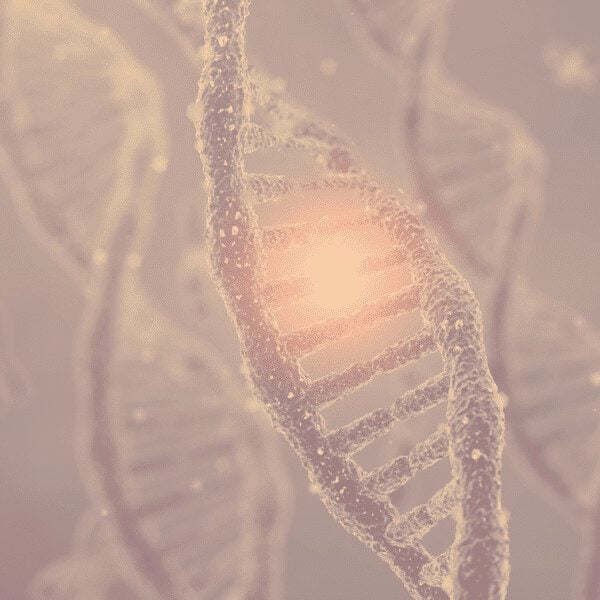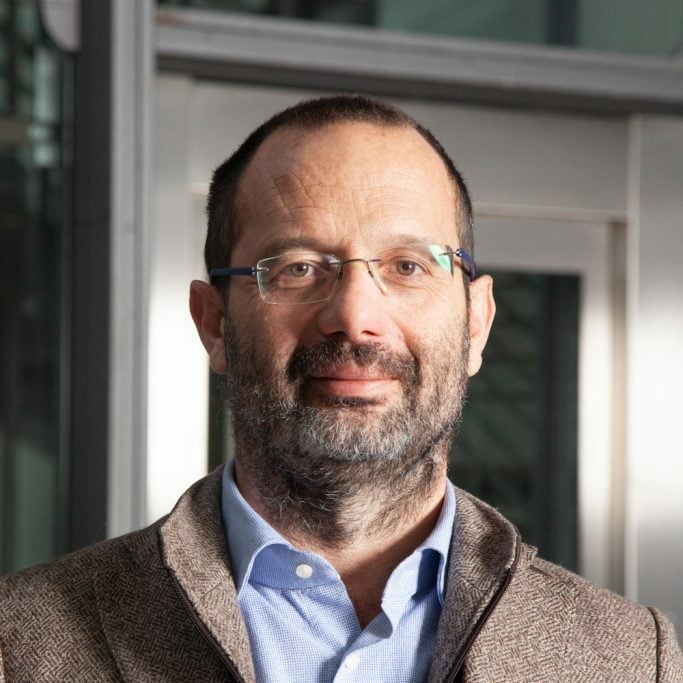At 26, Leah Stavenhagen was living a full, fast-paced life in Paris. She had just finished grad school, was in love with her partner Hugo, and had her sights set on a career in strategy consulting. She imagined a future filled with global adventures, meaningful work, and summers spent with family in Northern Michigan.
“I led an active life balancing school work, internships and a full social calendar,” she said. “I really loved the life I had built. I had an amazing boyfriend, could hop on the train to visit my parents and got to bike through the streets of beautiful Paris every day. Things were busy but I thrived on that.”
But in the spring of 2019, the life she had carefully planned took an unexpected and irreversible turn. Leah was diagnosed with ALS. “The plan was for Hugo, my future husband, and me to start our respective careers in strategy consulting,” she said. “We dreamed of moving somewhere totally different, like South Korea, to accelerate our careers before settling down and starting a family in Paris.”
A Life Reimagined
In the weeks and months after learning she had a terminal illness, Leah felt like she was floating outside the world she had once known. “In many ways those first months were the hardest,” she said. “I knew that things were forever changed, and that any future that I had would look much different than the one I had envisioned, but my mind couldn’t quite comprehend that. How could I be so close to the end when, physically, so little had changed?”
She said, “The biggest shock was the immense distance I felt from my peers. I just wanted to live so conversations about jobs or weekend plans felt overwhelmingly trivial.”
Building What She Needed
Leah eventually launched the campaign #InHerALSShoes in collaboration with I AM ALS, aiming to shatter the misconception that ALS was an older white man’s disease. That momentum led to the creation of Her ALS Story in 2021, a global network of women diagnosed with ALS before the age of 35.
“After being diagnosed, I craved any feeling of normalcy. I suddenly felt eons away from my peers and needed to find others I could relate to,” she said. “When I looked up ALS, I mostly found accounts of older people with the disease that were predominantly male. Despite sharing the same diagnosis, I couldn’t really relate to them either.”
Her ALS Story quickly grew into a thriving community of over 100 members worldwide. “I didn’t anticipate how strong of a bond members would form,” Leah said. “A silver lining of this disease is that it has brought people together who would have never crossed paths otherwise. Her ALS Story has created deep friendships and members share a lot of love.”
Redefining What It Means to LIVE With ALS
Her ALS Story was never just a support group. It became a movement. “ALS is devastating at any age but there is something extra difficult about having your future ripped away before you have the opportunity to fully establish yourself in the world,” she said. “Choosing to live in the face of that takes both courage and strength.”
In the group, Leah said, “The Her ALS Story group chat is very much like any other group text you might be part of. Conversations jump from the latest courtroom drama to the fear of choking to a new summer dress recommendation. By mixing the mundane with the serious, the challenges we face with ALS feel more approachable.”
She added, “Women have a certain energy and capacity to get things done. I think the women of Her ALS Story exemplify what it means to LIVE with ALS.”
Changing Perception, Driving Progress
Leah believed that the old image of ALS was holding back broader understanding and action. “When you look up ALS, the first images that appear are often of Stephen Hawking or Lou Gehrig,” she said. “Though these men were diagnosed in their 20s and 30s, respectively, the majority of accompanying accounts that I found referred to adapting to life with ALS at an older age. Her ALS Story attempts to pull the curtain back on what it’s like to live with ALS as a young woman.”
She also wanted lawmakers and funders to know that, “They shouldn’t underestimate how risk tolerant we are. We were told we had just 2-5 years to live when we were at the prime of our lives so we are desperate to find drugs or therapies to change our prognosis. ALS moves swiftly and unrelentingly so we need the pace of progress to reflect that.”
What Gave Her Hope
“Breakthroughs in treatment give me the most hope,” she said. “For example, seeing the incredible power of Tofersen to completely halt progression for certain patients with the SOD1 gene. If research has enabled us to totally alter the prognosis for a subgroup of patients, there is hope that this can be achieved for others in the future.”
She also spoke about helping others access research. “I applaud Target ALS’ efforts to go into underserved communities because it is crucial to meet people where they are,” she said. “Presenting research opportunities to patients at the beginning of their journey, and making the information easily digestible, is better for everyone in the end.”
Legacy and Message
“I am especially proud of the internal community that we have created,” Leah said. “I often receive messages expressing deep gratitude for our group because without it our members wouldn’t know where to turn while navigating the challenges of ALS.”
To any young woman facing a new diagnosis, Leah said, “Find your people. ALS is scary and isolating, especially when you are facing it alone, but the ALS community includes exceptional individuals who can make your journey easier. Lean into that.”
She added, “Don’t let yourself lose weight. It’s tempting to embrace that side effect when society has ingrained the belief that ‘skinny is better’ our entire lives, but don’t fall for it. Maintaining weight is one of the few things we can do to slow progression.”
When asked what ending the legacy of ALS meant to her, she said simply, “Building a tomorrow where everybody lives.”




